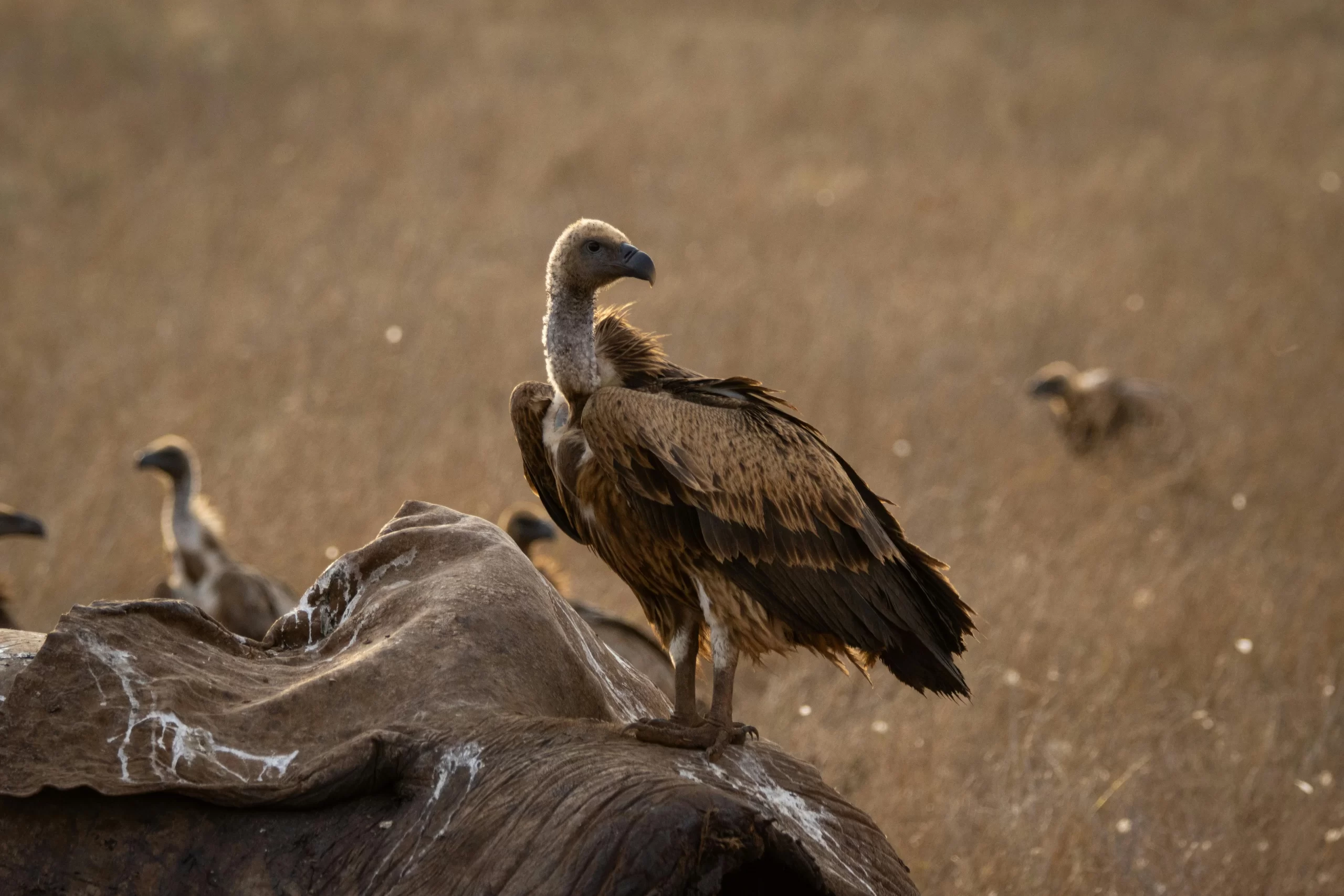Seeing roadkill is never a pleasant sight. Fortunately, a fleet of thankless birds is ready to mobilize and clean up carrion. Birds that eat dead animals are called scavenger birds by many. Some cultures revere birds that eat dead animals, while others despise them. No matter your feelings about scavenger birds, there’s no question that many people are intrigued by them.
By the end of this article, you will be familiar with 10 families of scavenging birds. I will tell you about these families of birds as I describe the important services that these birds that eat dead animals perform for people. Let’s learn about the various types of scavenger birds.
Table of Contents
10 Birds That Eat Dead Animals
Jaegers
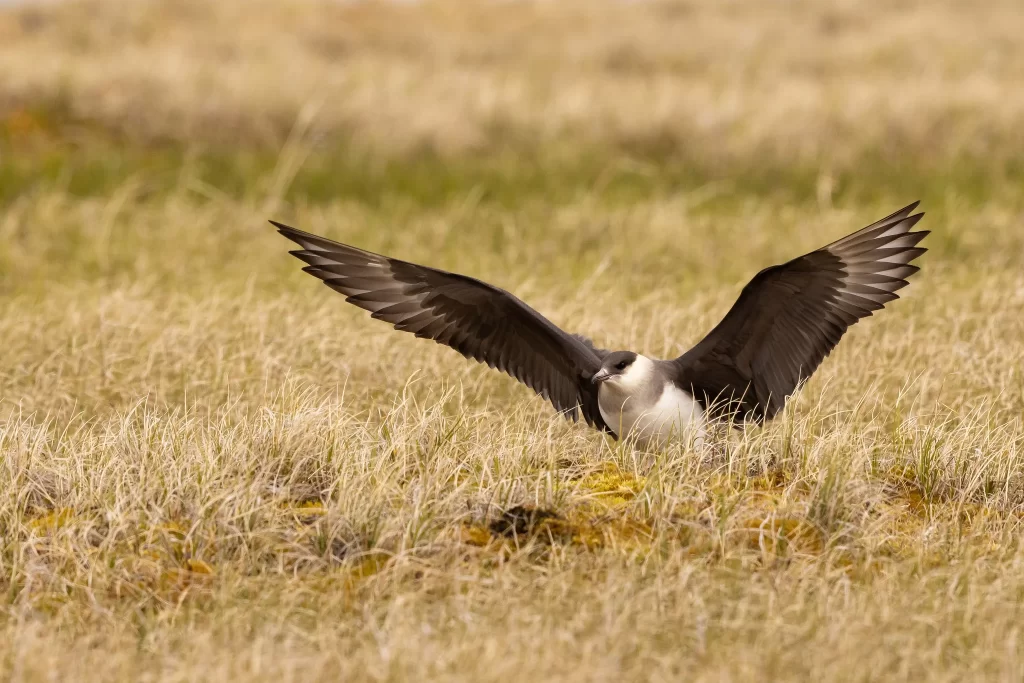
The jaeger family is a group of 7 birds – by the name of “jaeger” and 4 “skua” species. Although most are unfamiliar with these scavenger birds, those who are fluent in German will be able to deduce that these birds are fearsome, as “jaeger” translates to “hunter” in English.
Yes, jaegers are renowned hunters who are reminiscent of raptors with their aerodynamic builds and predatory natures. Jaegers devour fish, baby birds, and small mammals, and they’re known to chase other birds to force them to drop their prey. Though they’re proficient hunters, they’re not too picky to enjoy a meal of carrion.
These birds that eat dead animals will happily eat dead vertebrates when they encounter them. Most jaegers live in remote areas where roadkill is uncommon, but they are nonetheless good at finding animals that have died naturally or been killed by other creatures.
Gulls
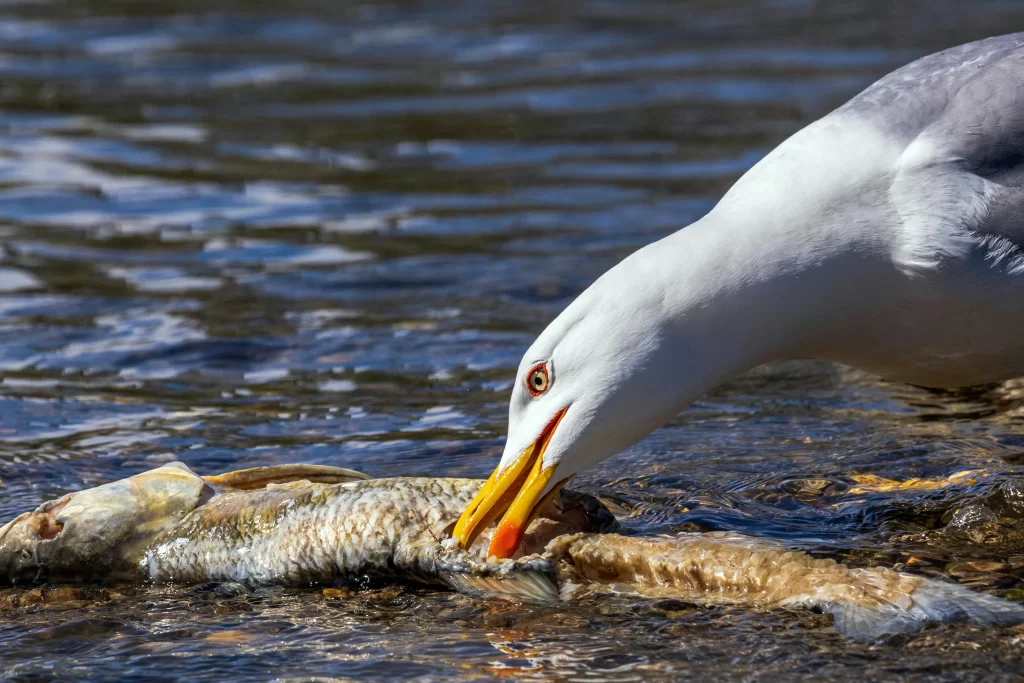
Gulls are a group of birds that need no introduction. Indeed, the incredibly varied diets of these birds are recognized by many. Carrion is just one of many different items that may be included in a seagull diet.
Dead fish are the primary carrion consumed by gulls, with dead fish making up the majority of the diets for many gull species. However, most gull species will eat any dead animal that can fit down their gullet.
There are 51 species of gulls within 11 different genera. Despite this variation, you’ll be hard-pressed to find a gull that will refuse a delicious meal of dead animals.
Storks
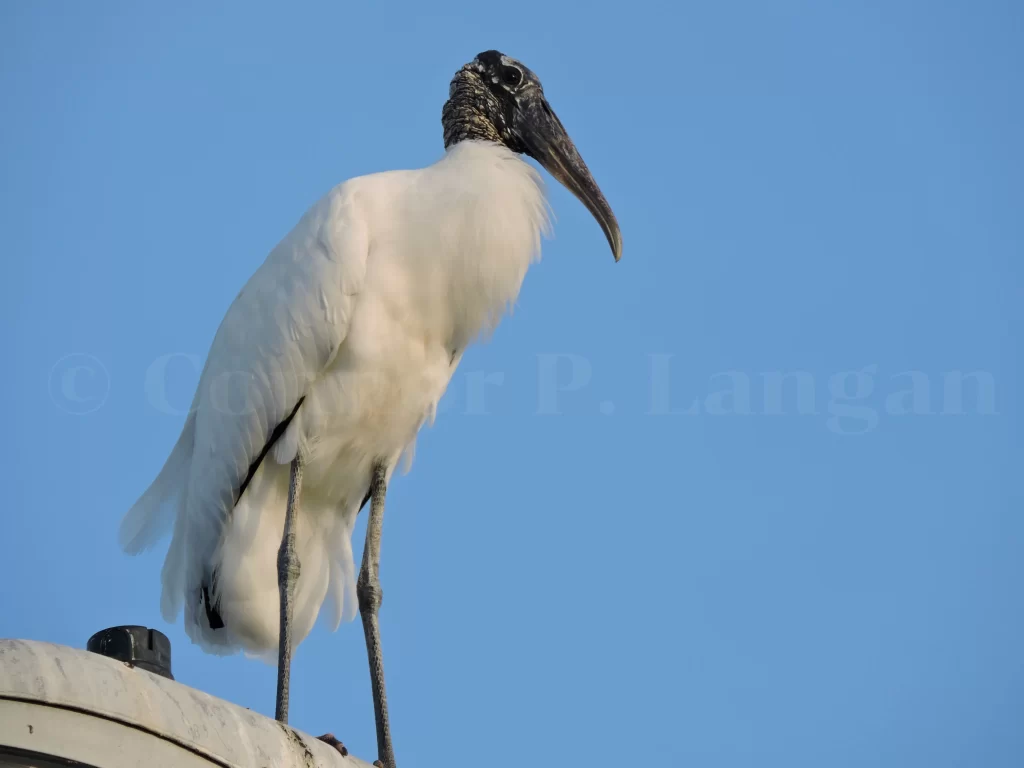
Many will be shocked to see storks on this list of birds that eat dead animals. After all, storks are supposed to be peaceful birds who deliver babies. Well, it turns out that a stork’s journey to deliver your baby may be fueled by a diet of dead animals.
Much like the behavior of killing their young, eating carrion only occurs in a few of the 20 stork species. The 3 storks within the Leptoptilos genus are the biggest carrion consumers, routinely gathering at large game kills and fighting for pieces of meat.
Leptoptilos storks will also gather at grassland fires where they grab small animals that get killed by the raging fires. When these big birds that eat dead animals aren’t consuming carrion, they may eat fish, reptiles, amphibians, and small mammals.
Vultures/Condors
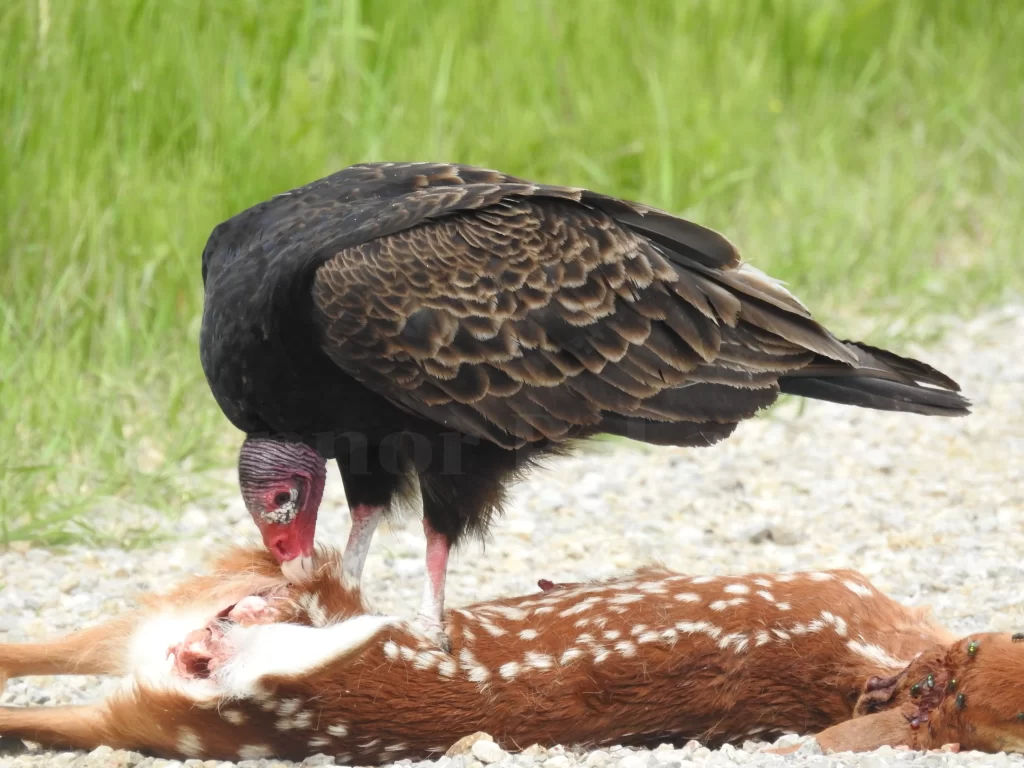
Vultures are the quintessential bird that eats dead animals, as these creatures are renowned for their ability to devour dead animals. While many people are familiar with vultures, few are aware of the variation in vultures worldwide. For instance, there are 7 species within the Cathartidae family of New World vultures, while there are 16 species of vultures within 9 genera within the Old World.
New World and old work vultures have different styles of finding their prey, but all of these vultures ultimately eat carrion. Vultures are doubtlessly birds that eat roadkill, but they also have a knack for finding dead animals in a wide array of habitats. Some fear vultures due to their intimidating appearances, but they are harmless to humans.
Vultures are among the most misunderstood birds in the world. Many blame these black birds that eat dead animals for killing livestock despite research consistently proving that they do not. Without vultures, diseases and viruses would have an environment that would be ripe for multiplying and spreading. Fortunately, vultures clean up dead animals using the potent acid within their guts.
Eagles
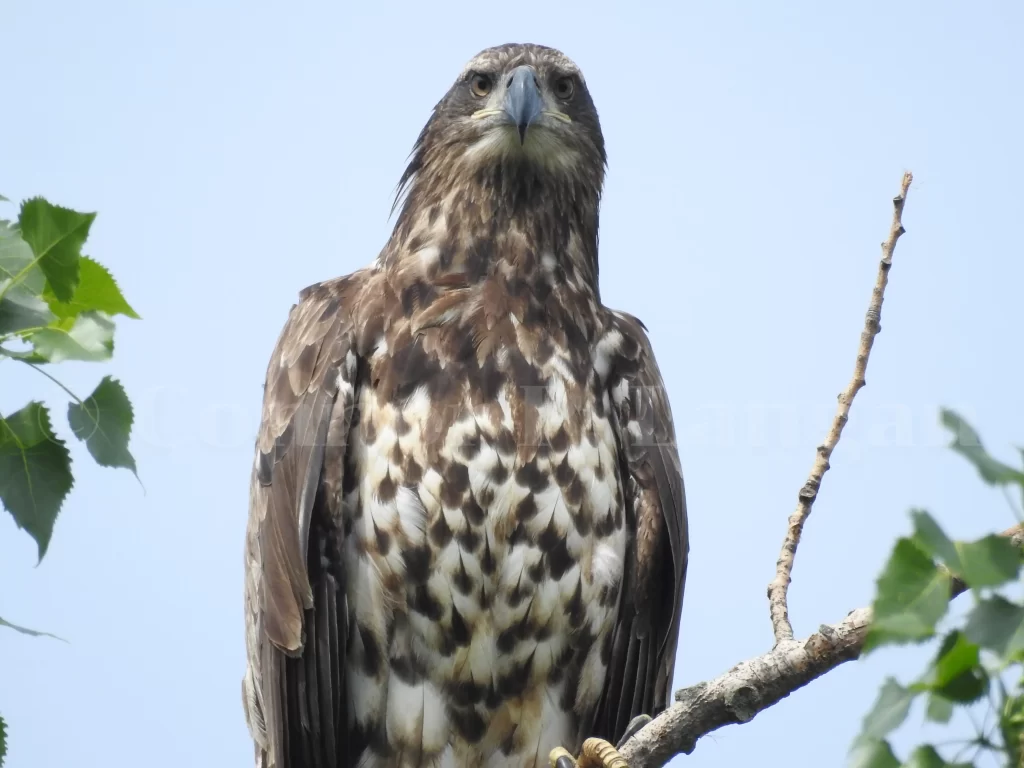
Although eagles are large, powerful birds often revered as being symbols of strength and elegance, there’s no getting around the fact that some eagles love to eat dead animals. Now, many eagles such as the Harpy Eagle and Philippine Eagle are fierce predators, but there are some eagles in which carrion makes up a large portion of their diets.
Eagles within the Icthyophaga and Haliaeetus genera are especially likely to enjoy a meal of carrion. These birds that eat dead animals include creatures like the Bald Eagle, Steller’s Sea Eagle, and African Fish-Eagle.
These scavenger birds are happiest when they get a chance to eat dead fish. However, as many in North America can confirm, birds like Bald Eagles can be observed feeding on the carcasses of mammals like raccoons, deer, and rabbits.
Although Bald Eagles are wonderful at cleaning up carrion, many end up getting poisoned by lead from shots used by hunters to kill animals.
Ground-Hornbills
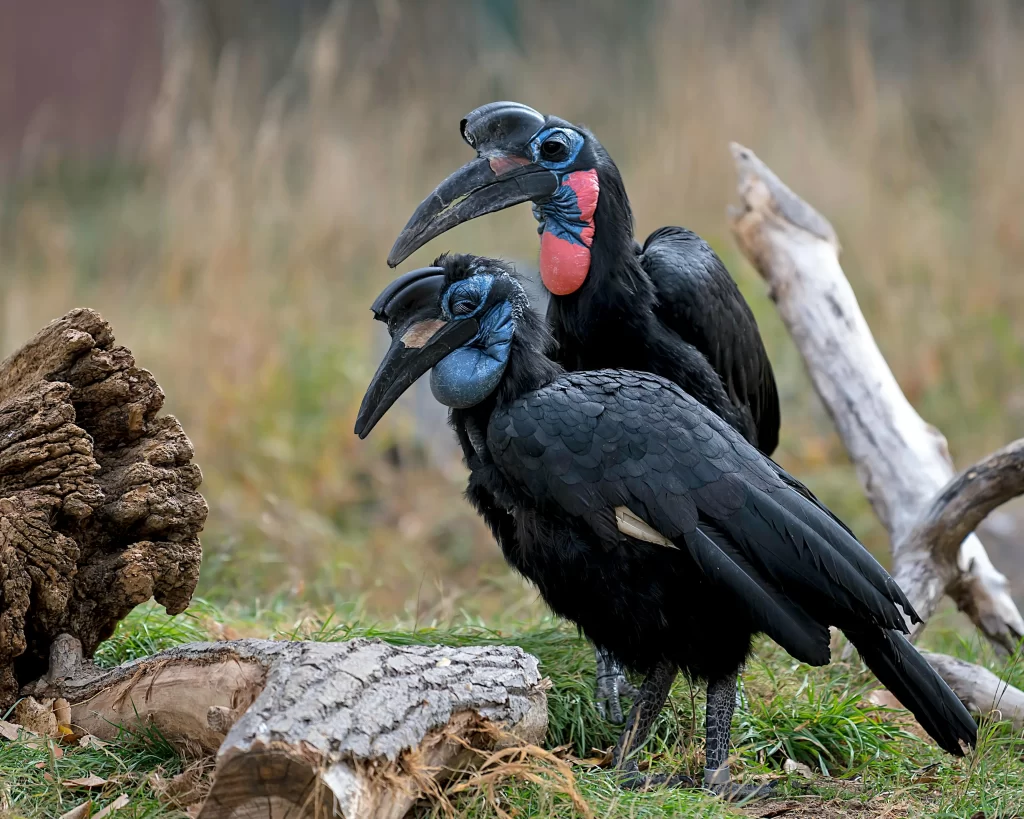
Most people are not likely to be familiar with the ground-hornbills, so allow me to help you get acquainted with these fascinating scavenger birds. There are only 2 species within the Bucorvidae family: the Abyssinian Ground-Hornbill and the Southern Ground-Hornbill.
Ground-hornbills are native to Africa in places such as Uganda and Kenya. Here, they live cooperatively in small groups that spend their time walking around looking for food. Although they can fly, they spend most of their time walking around looking for prey.
Ground-hornbills eat a varied diet that includes insects, nuts, berries, small mammals, and yes – carrion. These big birds that eat dead animals will congregate near fires and pick off animals that are killed in the blazes. They may also stop by large animal kills and eat scraps of meat.
Caracaras
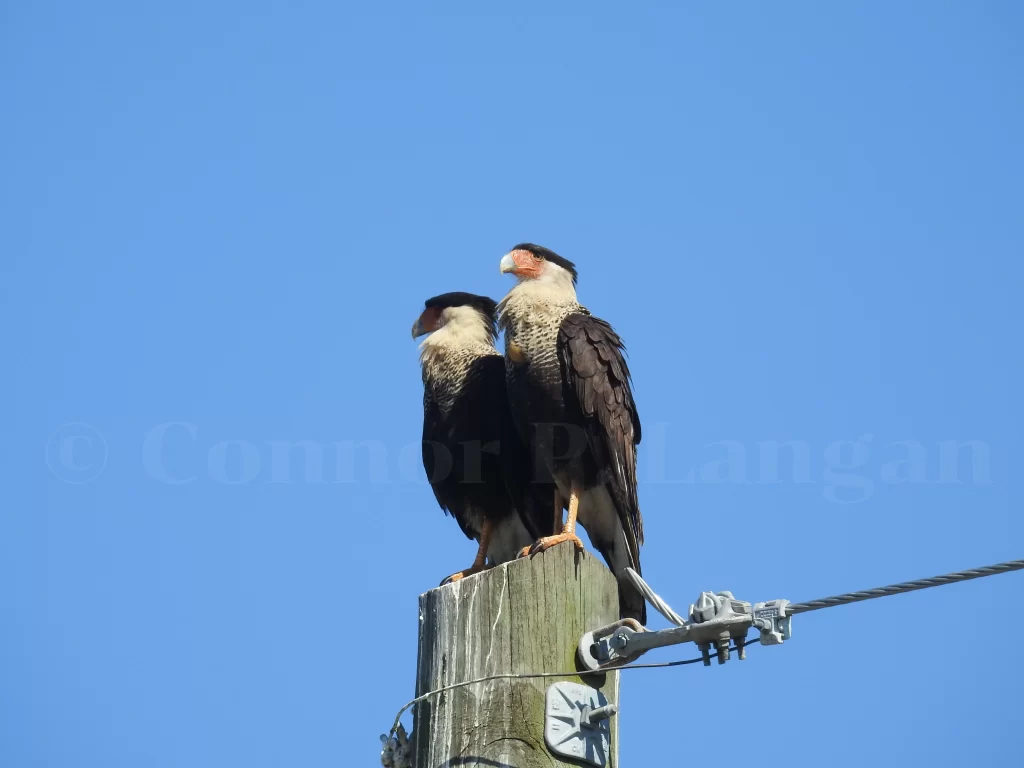
Caracaras are colorful birds in the falcon family that are native to the Americas from Florida to Tierra del Fuego. There are 9 extant species within 3 genera, with 2 of the 3 genera regularly eating carrion. Although caracaras love carrion, they do not exclusively consume such food.
In addition to carrion, caracaras eat small animals and insects. They are rather social, with birds regularly congregating at large carcasses to feed. Additionally, these black scavenger birds may cooperate to hunt certain prey. Perhaps most interesting is that caracaras are also known to eat fruits and nuts regularly.
Australian Magpies
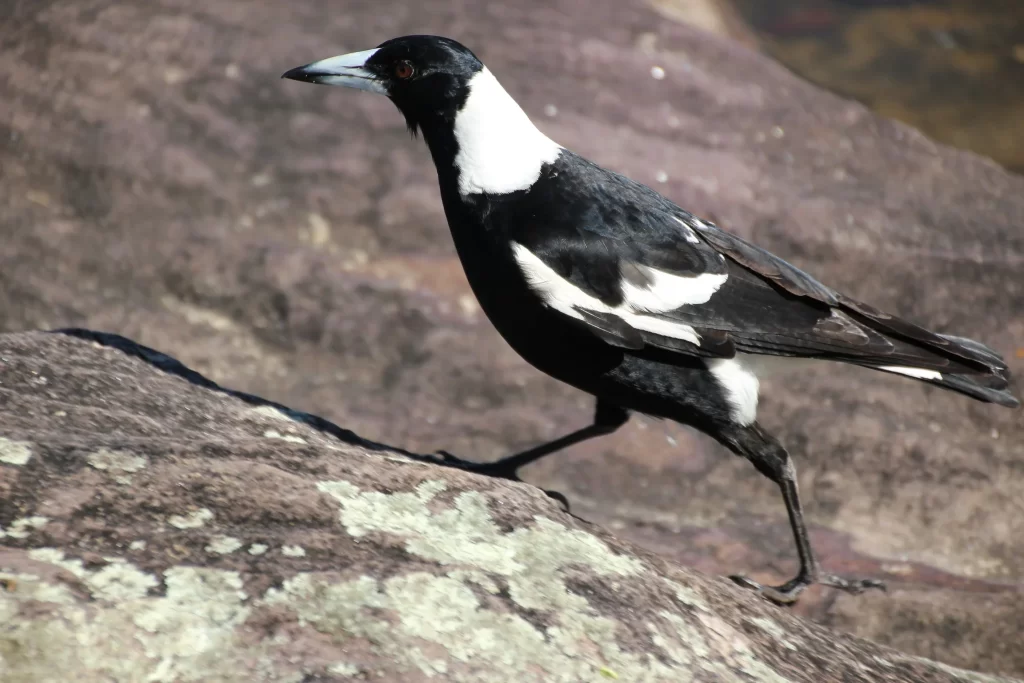
Australian Magpies are a species that are best known for terrorizing Australians during their swooping season. Yes, while their reputation as fearsome nest guardians is warranted, many are unaware that magpies eat carrion.
Now, carrion is not the primary food source for magpies, as they typically prefer to eat insects, lizards, and other small animals. However, Australian Magpies won’t pass up on a convenient carrion meal if it’s available.
These black birds that eat dead animals often forage in loosely associated groups. This allows them to be keenly aware of any potential danger and creates a safe foraging environment for this species.
Shrikes
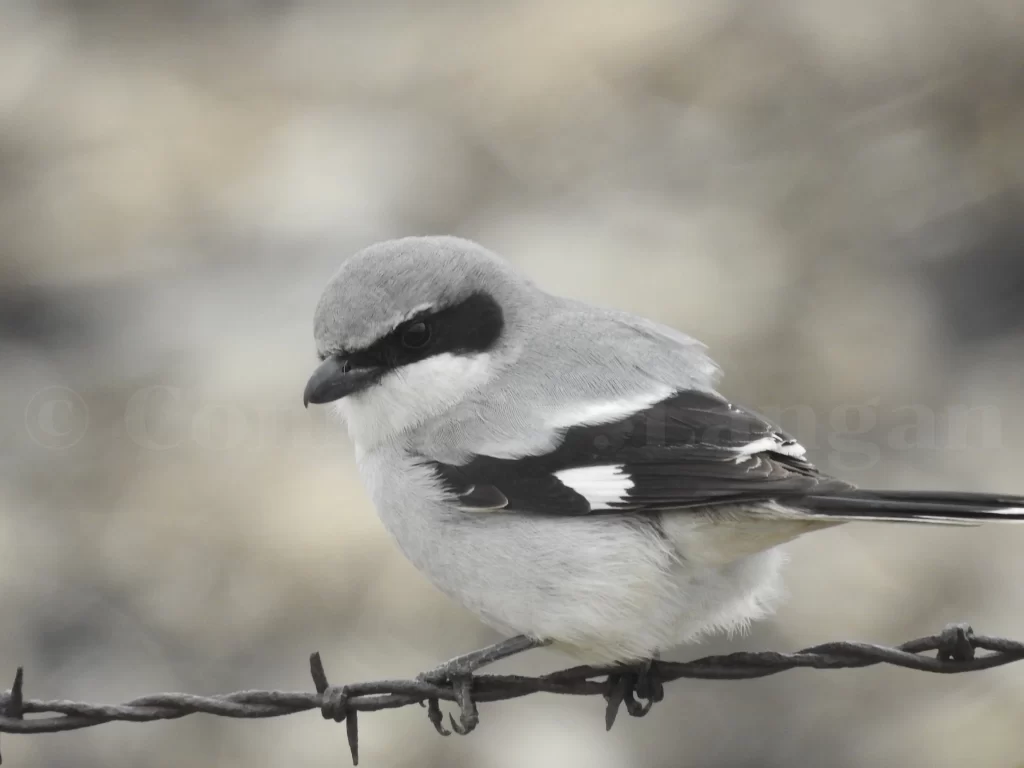
Shrikes are a group of birds that includes 34 species divided into two genera. Although they are songbirds, they have evolved to have sharp bills that are skilled at tearing apart flesh. These small scavenger birds have a habitat of impaling prey on thorns or barbs, earning them the nickname “butcher birds”.
Shrikes typically take live prey such as small insects, birds, rodents, and amphibians. However, there are many accounts of them scavenging on the carcasses of dead animals.
Though there’s no question that shrikes are birds that eat dead animals, they certainly prefer killing their own meals. It seems that many instances of scavenging dead animals occur during winter or other times in which food may be scarce.
Corvids
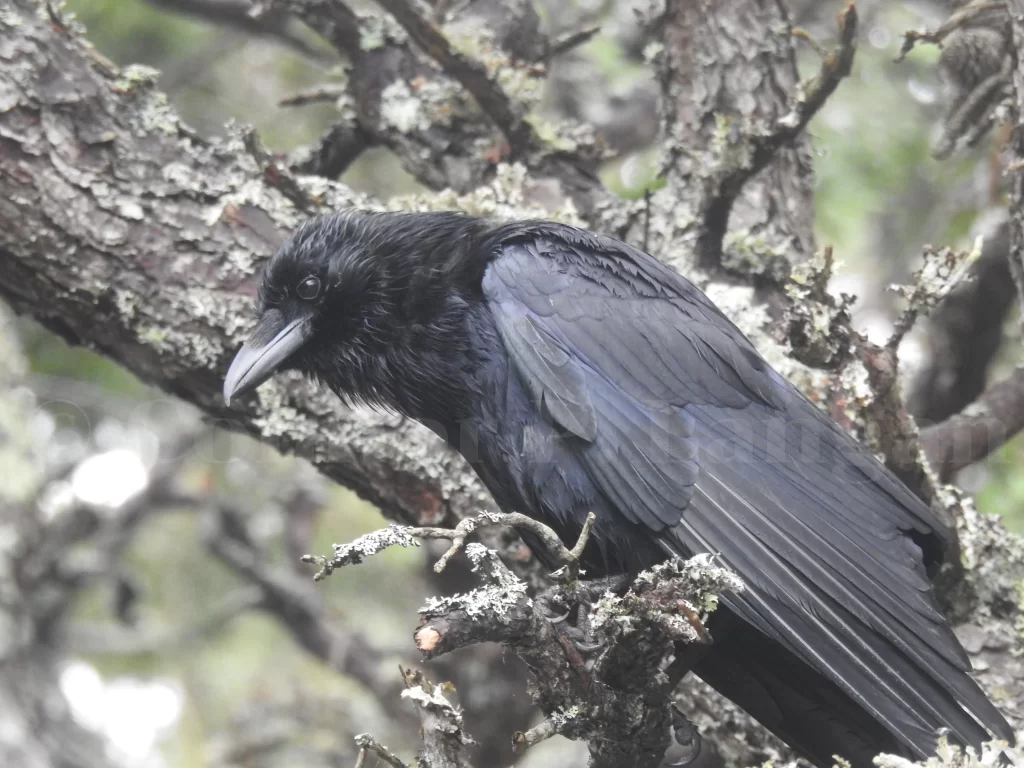
The corvid family includes a variety of birds that are among the most well-known birds that eat dead animals. For instance, crows and ravens are commonly birds that eat roadkill. In addition to these big birds that eat dead animals, small scavenger birds like jays and magpies are in this family.
A large carcass in western North America may attract the likes of ravens, crows, magpies, and jays simultaneously. This family of birds is tremendously intelligent. In fact, ravens follow predators like wolves knowing that they will be able to steal some scraps from their kills.
Carrion can make up a substantial portion of a corvid’s diet in the winter months, but they tend to eat less in summer when other foods are abundant. When they’re not eating carrion, they may eat seeds, nuts, berries, insects, birds, and other small animals.

